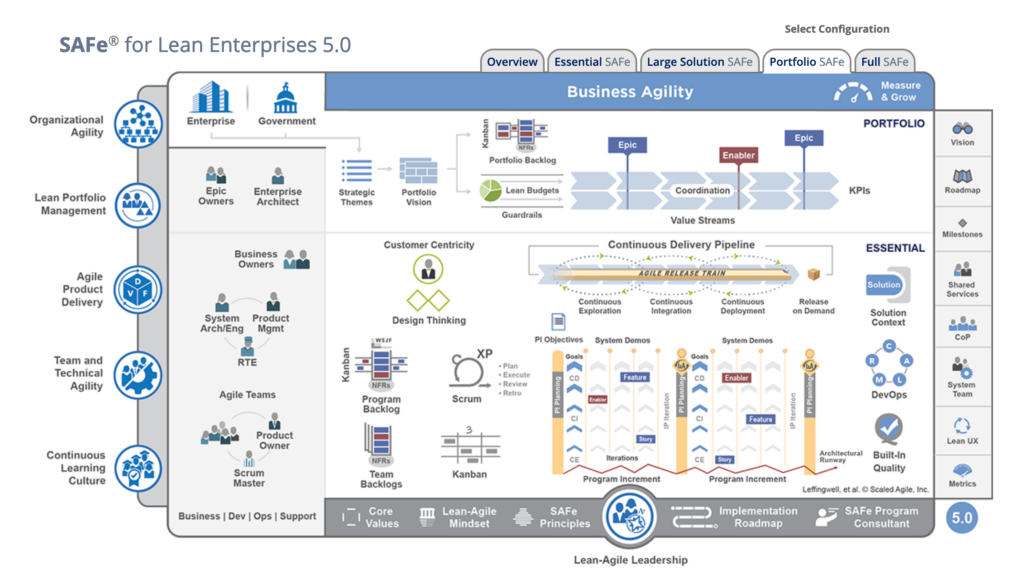Design Systems, Agile, and Industrialization
Hoo boy, a blog post rebounding a blog post which rebounds a blog post. Let me jump on this train!
Jeremy Keith clearly articulates a concern about design systems I often hear from many designers:
In that light, design systems take their place in a long history of dehumanising approaches to manufacturing like Taylorism. The priorities of “scientific management” are the same as those of design systems—increasing efficiency and enforcing consistency.
I definitely share Jeremy’s concern, but also think it’s important to stress that this isn’t an intrinsic issue with design systems, but rather the organizational culture that exists or gets built up around the design system. There’s a big difference between having smart, reusable patterns at your disposal and creating a dictatorial culture designed to enforce conformity and swat down anyone coloring outside the lines. That’s a choice (and in all my work it’s something I very rarely see in practice, but often hear expressed by concerned designers). As Tim Kadlec says in one of my favorite articles of all time, blame the implementation, not the technique.
And that’s why I’m so thankful there are people like Yesenia Perez-Cruz who demonstrate that the efficiency and consistency design systems provide don’t have to come at the expense of creativity and expression. I’ve seen first-hand what happens when the boring stuff is captured in a design system so the team can focus on way more interesting things.
Not having to reinvent things from scratch every time you need something is generally a good idea. If you want a piece of toast, most people would say it’s generally a good thing that you don’t have to start that process by grabbing your scythe and hiking out into the fields to harvest some wheat. But the threat of dehumanizing digital design and development is real, and we need to remain vigilant to keep the humanity in our work. Which brings me to a topic that I feel is a massive threat to the human aspect of the work we do.
Let’s talk about Agile
Let me vent about Agile. Not Agile the idea, but the actual Agile reality so many have to suffer through. If we want to talk about dehumanizing digital work, look no further than Agile. Red lines! Burn rates! Story points! Requirements! Acceptance criteria!

Just look at this shit.
I’ve come to the conclusion that “enterprise web development” is just regular web development, only stripped of any joy or creativity or autonomy. It’s plugging a bunch of smart people into the matrix and forcing them to crank out widgets and move the little cards to the right. I fully agree with Dave here:
We operate more like Taylor and his stopwatch and Gantt and his charts, maximizing effort and impact rather than focusing on the human aspects of product development.
In these structures, people are stripped of their humanity as they’re fed into the machine. It becomes “a developer resource is needed” rather than “Oh, Samantha would be a great fit for this project.” And the effect of all this on individuals is depressing. When people’s primary motivation is to move tickets over a column, their ability to be creative or serve a higher purpose are almost completely quashed. Interaction with other humans seems to be relegated to yelling at others to tell them they’re blocked. Again, here’s Dave:
It’s unfortunate that in a system where all design compositions and all lines of code must maximize shareholder value, we never learn to play and how to break the rules in order to produce something new and exciting.
Reading “AS PER THE REQUIREMENTS” in tickets makes me dry heave. How did such sterile, shitty language seep into my everyday work? Once upon a time my website was a GIANT FUCKING MOUTH.

And look, I get it. It’s tough to coordinate giant groups of people and produce successful results in a predictable manner. But goddamn, does it need to be so soul crushing?
I don’t feel like articulating any solutions here, aside from just treating human beings like they’re human beings and not cogs in a machine. But Jeremy’s thoughts on industrialization definitely struck a nerve. Sure, design systems have the ability to dehumanize and that’s something to actively watch out for. But I’d also say to pay close attention to the processes and organizational culture we take part in and contribute to.